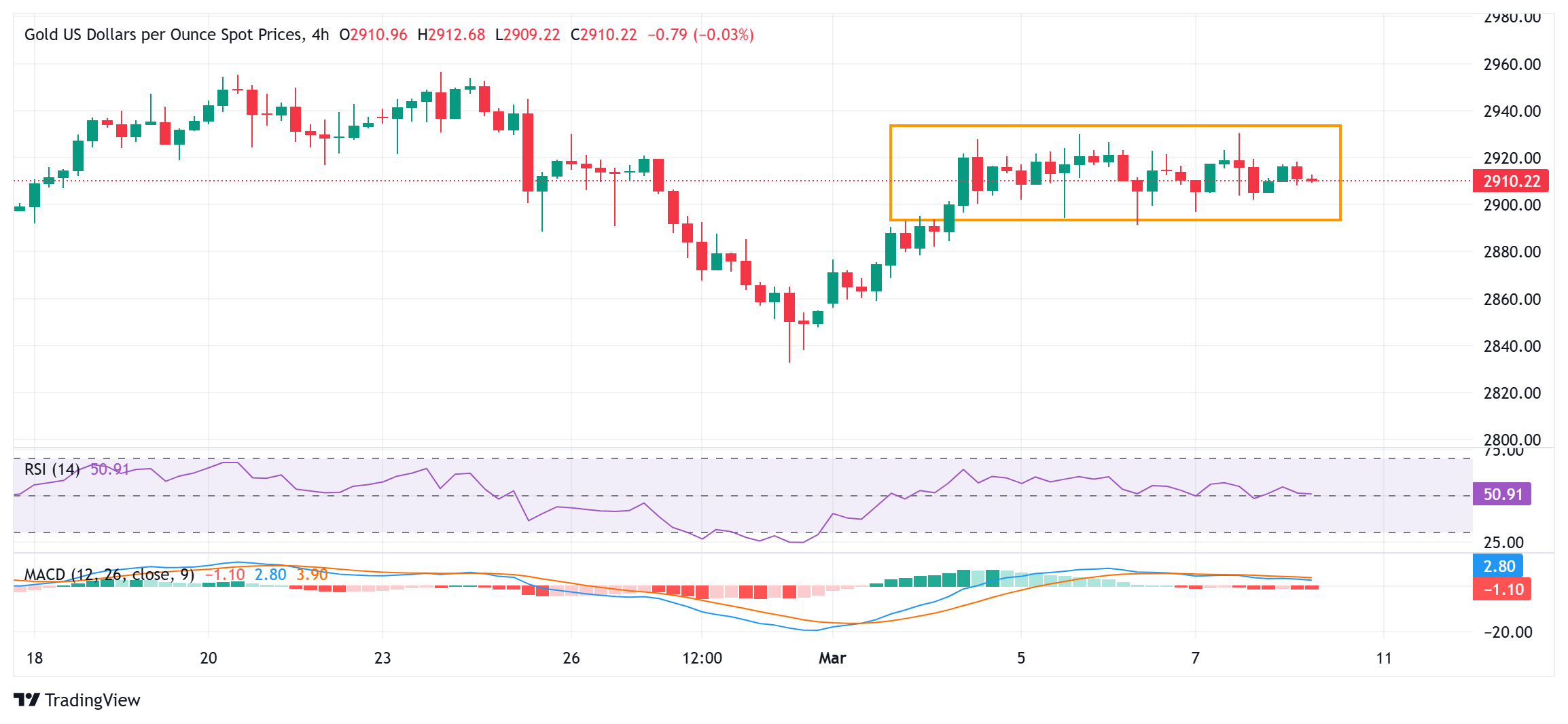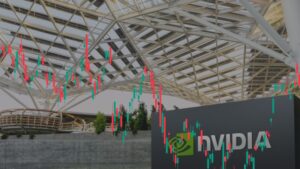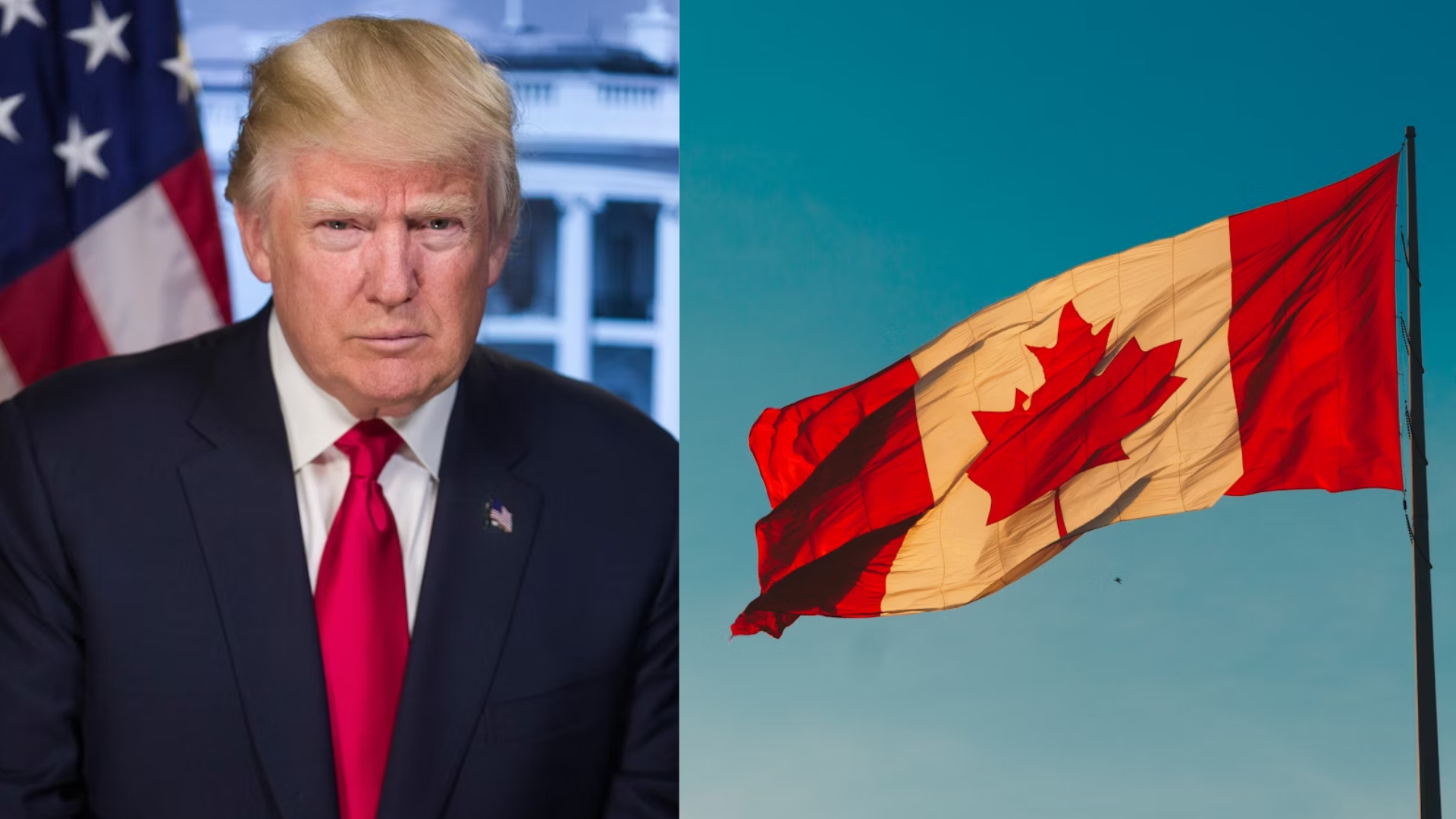Gold prices remained firm above $2,900 per ounce on Monday, as investors grappled with mixed signals from the global economy and central bank policy outlooks. The metal has been locked in a narrow trading range, with market participants awaiting fresh catalysts to determine its next move.
Despite lingering uncertainty in global financial markets, gold’s safe-haven appeal has kept it well-supported, preventing any significant declines. However, a lack of strong momentum in either direction suggests traders are in wait-and-see mode, assessing macroeconomic trends and monetary policy signals from the Federal Reserve and other central banks.
The Federal Reserve’s stance on interest rates remains a key driver for gold prices. While inflation has shown signs of moderation, policymakers have been cautious about committing to rate cuts, keeping investors on edge. A more hawkish tone from the Fed could weigh on gold by boosting Treasury yields and the US dollar, making the metal less attractive for non-yielding assets. On the other hand, any dovish tilt could provide the breakout gold bulls are looking for.

Gold US Dollar 1-D Chart as of March 10, 2025 (Source: TradingView)
Broader economic conditions are also playing a role in gold’s recent stability. Slowing growth in major economies and geopolitical tensions have reinforced demand for safe-haven assets, keeping gold prices resilient. However, with stock markets remaining relatively stable and risk appetite still intact, the upside has been capped.
Market analysts suggest that gold’s next move will likely be dictated by upcoming economic data, particularly US inflation reports and labor market indicators. These will shape expectations around the Fed’s policy path and influence investor sentiment. In the meantime, gold remains rangebound, awaiting a clearer direction.
For now, traders are watching for any signals that could push the metal out of its current holding pattern. With central banks continuing to weigh inflation risks against economic growth concerns, gold’s consolidation phase may persist until a more decisive shift in monetary policy or market sentiment emerges.
















